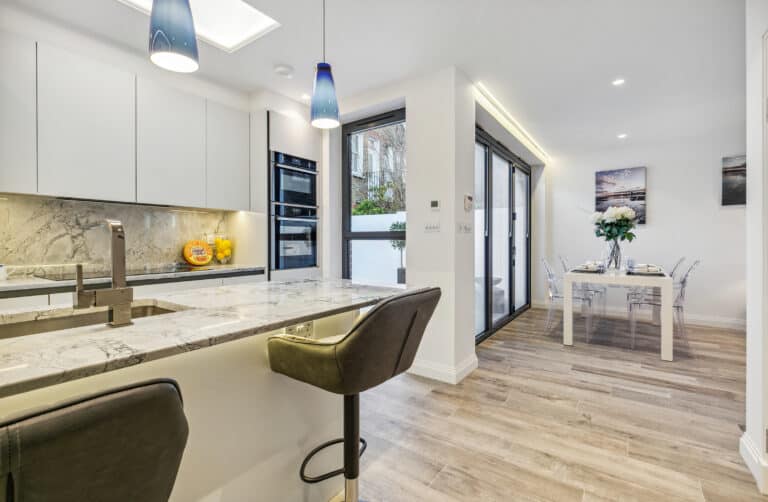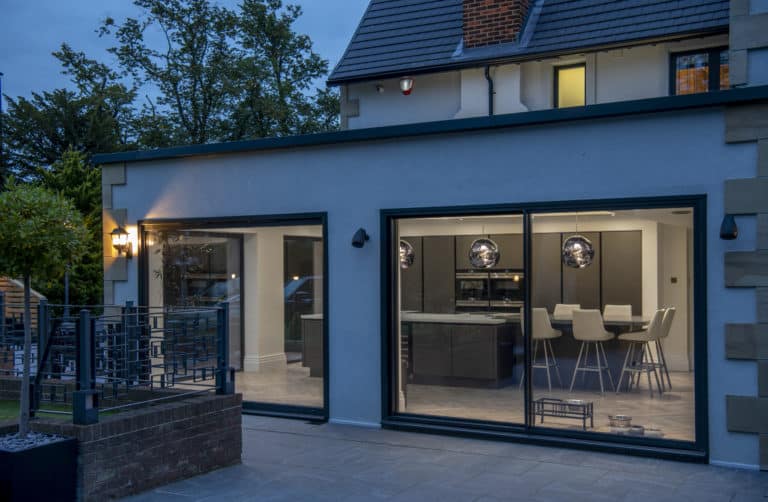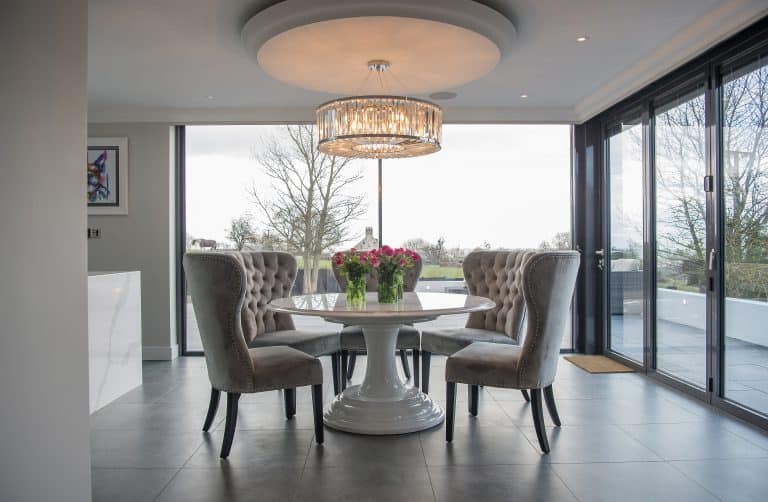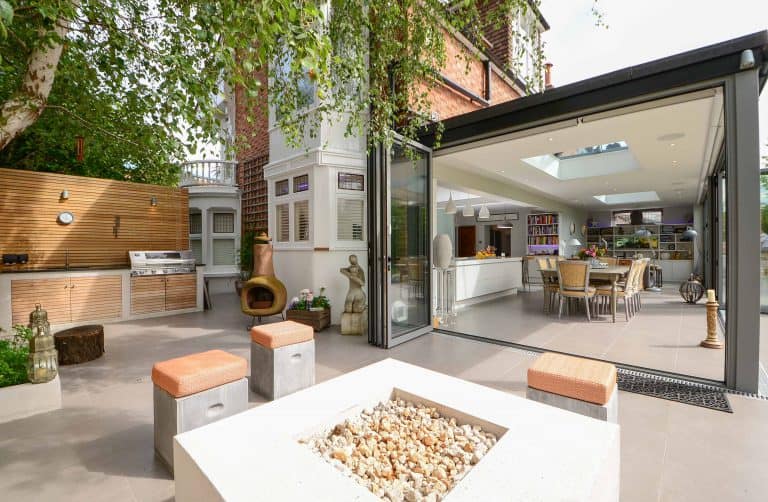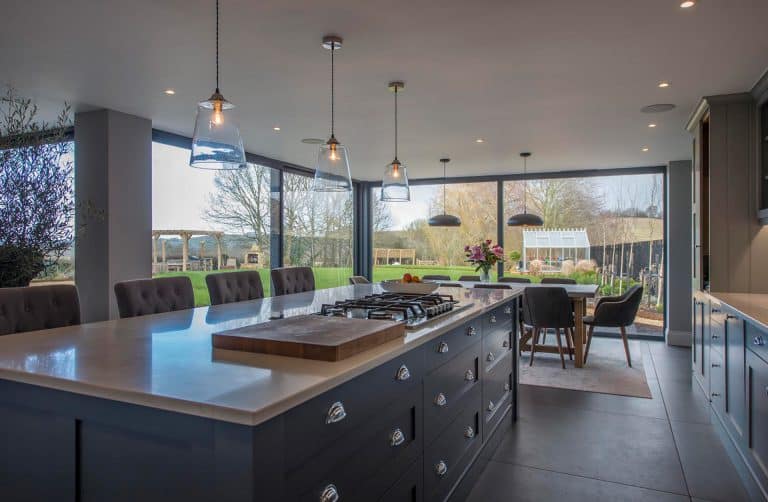How to improve home ventilation
Anyone who’s experienced a hot summer knows that proper home ventilation is essential for keeping your home cool and fresh throughout the day. But did you know that it’s just as important to keep your home ventilated all year round?
Proper home ventilation comes with plenty of great benefits, many of which can contribute to better home and personal health. The trick is learning how to improve house ventilation without letting all the heat escape when it’s chilly.
So, to help you learn how to improve home ventilation, and subsequently add value to your home, and better recognise signs of poor ventilation in your house, here is our guide to improving the ventilation throughout your home.
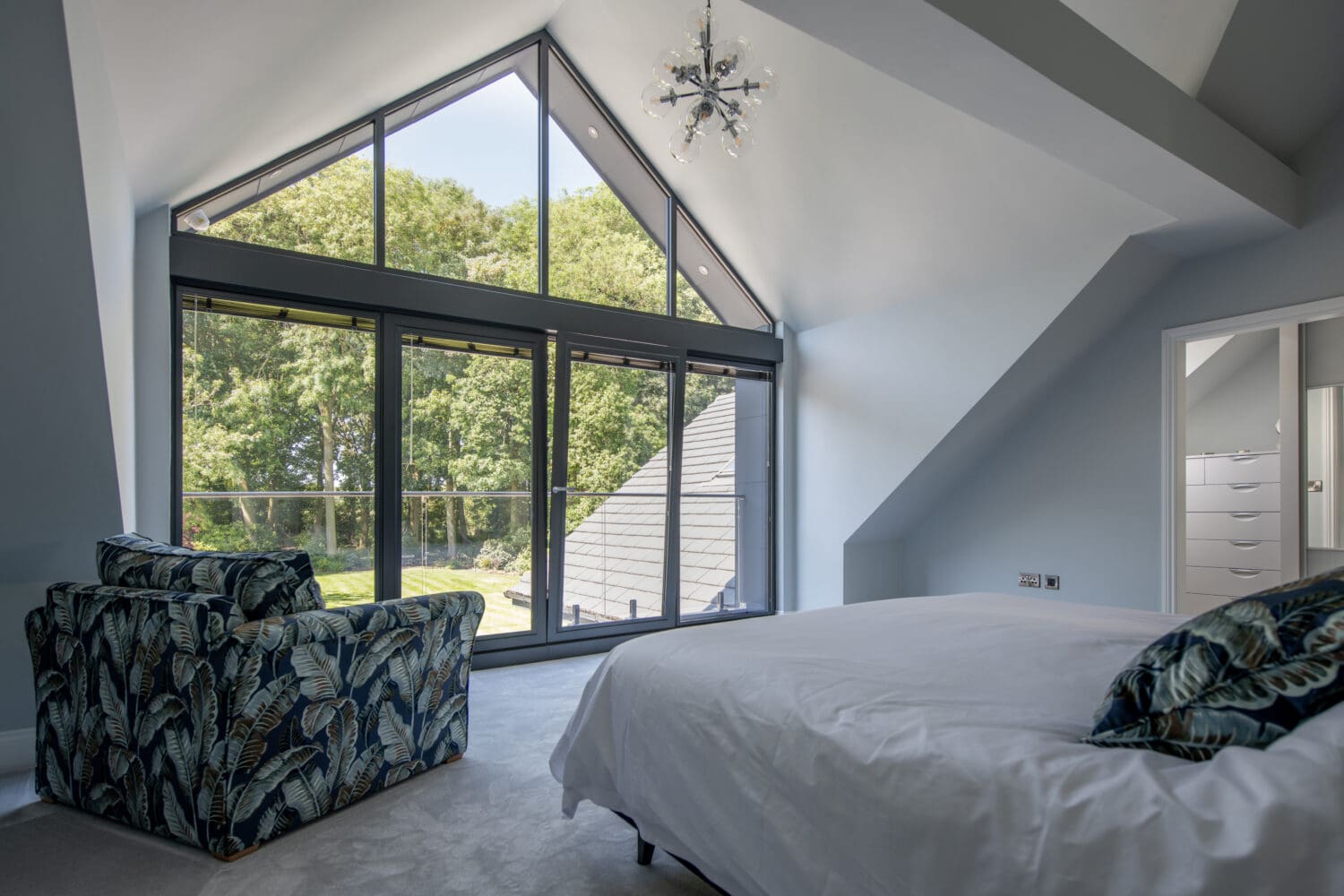
What is home ventilation?
In its simplest form, home ventilation refers to the circulation of air in, out, and around your home.
This works by allowing fresh air into your home, increasing the overall air pressure, which in turn forces the older, staler air outside through cracks and gaps, recycling everything and keeping your rooms feeling refreshed and new. It really is as simple as that.
Why is ventilation important for your home?
While a constant circulation of fresh air is nice to have throughout your home, there are several other reasons why circulating the air in your home is important.
First and foremost, proper ventilation can contribute to improving breathing health. It doesn’t take long for dust, allergens, and airborne viruses to build up when your windows are closed, all of which can contribute to negative health effects if left to settle for too long. But when flushed out by venting, you’ll quickly notice the difference.
On top of this, by regularly venting your home, you reduce and prevent condensation on your windows and walls, which in turn helps to reduce the chances of dampness and mould taking hold, both of which can also contribute to health issues, as well as impact your home’s visual aesthetic.
Finally, ventilation is a great way to remove any unpleasant smells that might otherwise linger in your home, such as in the bathroom or kitchen. Again, by flushing out these smells, you’re going to keep your home smelling fresh and pleasant.
What are the signs of poor ventilation in a house?
Perhaps the most obvious signs of poor ventilation in a house are strong, unpleasant smells, as well as any apparent dampness or mould clinging to the space around window frames or damp spots in a room. Peeling paper or mottled paint in particular are clear signs of minimal ventilation.
Strong and stagnant smells can quickly settle, and when combined with dry air, it’s a clear sign that the room or home you’re in has not been ventilated properly in a while. Naturally, if you experience breathing problems in certain rooms, there’s a good chance you need to move the old air out.
Excessive condensation can also be a sign of minimal ventilation, but it’s important to remember that condensation is unavoidable in any home, especially in the colder months, and should not be taken as fool-proof evidence of a lack of ventilation.

How to improve ventilation in a room
When it comes to how to improve house ventilation the good news is that what applies to one room can be applied to others around your house. You just need to decide on what form of ventilation you want to use:
Uncontrolled ventilation
Uncontrolled or passive ventilation is the most common form of circulation used around peoples’ homes and makes use of external wind and warm air circulation to cycle fresh air into your home without additional support.
As the name implies, this is the type of air-circulation system that can’t be turned off and includes opening your windows so they’re slightly ajar (or on vent) and installing airbricks into the room’s structure – typically at the base of floors or at ground level.
Passive ventilation is great if you want to freshen up rooms that have immediate access to windows, and when combined with open front entrance doors, you can create a full flow of new air through your home. However, this method is also quite slow and will let heat out quickly if the weather outside is cold.
Controlled ventilation
Controlled ventilation refers to the use of fans and ducts around your home in order to rapidly replace stale air with clean air. This type of full ventilation system is often installed into the walls of your home and tends to only be visible by the vents that you can open and close in particular rooms.
Like passive venting, there are different types of controlled air circulation:
- Positive ventilation – this setup uses installed vent units to pull in fresh air from outside while simultaneously flushing out pollutants from your home, using the same science as passive circulation but faster.
- Mechanical extraction ventilation – MEV works by doing the opposite of positive systems, instead actively pushing out old air to lower your home’s overall air pressure, which in turn draws in fresh air through various cracks and vents.
There are other types of controlled ventilation on top of this, but they can be quite expensive to install, and may not be worth the investment if you only need to rapidly ventilate your home every so often.
Other ways to ventilate a room
Besides opening your home’s windows slightly or installing an entire network of ducts and vents into your home, what are some of the other tricks you can use to welcome more fresh air inside?
First, if you have rooms fitted with bi-fold or sliding doors, then you can naturally open these doors fully when the weather is good and quickly circulate outside air in while enjoying your garden’s views.
Second, rather than installing an entire ventilation system, you could opt for an extractor fan in particularly damp rooms. Kitchens and bathrooms can really benefit from these by rapidly pulling out the moist air to stop damp setting in.
Third, if you have trickle vents above windows and doors, then you should keep these open as much as possible, allowing a constant and steady flow of new air to be introduced inside.
Fourth and finally, by introducing plenty of plants into your home, you may find that you rarely need to open your windows fully. Plants will absorb the stale air over time while giving out fresh air and rejuvenating the feel of the room.
How to ventilate a room without windows
Finally, let’s touch on what you should do if you need to ventilate a room that lacks windows, doors, or any access to the outside.
Right away, an extraction system can do wonders for rooms like this, letting you replace air regularly without needing to do much. Even if you’re on a budget, then even a simple extractor fan could be enough to alleviate stale air issues.
Alongside this, you could also consider installing ventilation fans and grills above the room’s door so that air can move between it and the rest of your house, even when the door is shut.
Lastly, making use of air-purifying plants and a dehumidifier can go a long way to minimising dampness while freshening up the room’s interior.
These are the main things you can do to ensure that the interior of your home is regularly filled with fresh air, but there are naturally plenty of other things out there that you can try when refreshing your home.
Of course, if you do have a room that lacks windows and you want to change that, then why not get in touch with the team at Express Bi-folds?
With over a decade of experience making bespoke aluminium windows and doors, we can help you install the right entryways into your home to bring it to life. Contact us today for more information or visit one of our showrooms in person to see our full range. And don’t forget to browse our blog for more helpful pieces like this one.
